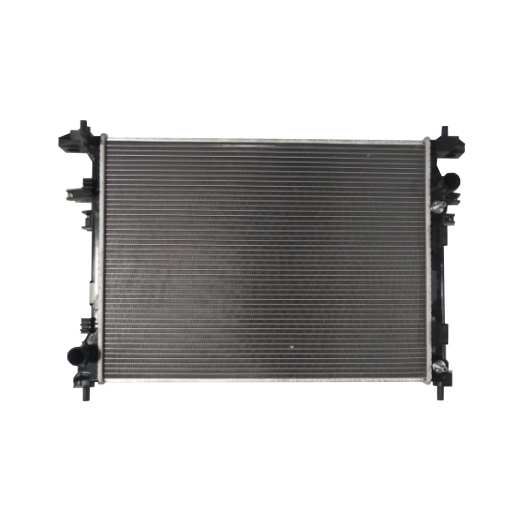Finding the Perfect Fit: Factors to Consider When Sizing an Automotive Aluminum Plastic Radiator for a Vehicle
2024-03-01
Introduction:
Selecting the right radiator size is critical for ensuring optimal cooling performance and engine reliability in any vehicle. Automotive aluminum plastic radiators offer a lightweight and efficient solution, but choosing the correct size requires careful consideration of various factors. In this blog post, we'll explore the key factors to consider when sizing an automotive aluminum plastic radiator for a vehicle, empowering you to make an informed decision that maximizes cooling efficiency and performance.
1. Vehicle Type and Application:
The first factor to consider when sizing an automotive aluminum plastic radiator is the type of vehicle and its intended application. Passenger cars, trucks, SUVs, and performance vehicles have different cooling requirements based on factors such as engine size, power output, towing capacity, and operating conditions. Choose a radiator size that matches the specific needs and demands of your vehicle's application.
2. Engine Size and Power Output:
The size and power output of the vehicle's engine directly influence its cooling requirements. Larger engines with higher horsepower and torque output generate more heat and require larger radiators with increased cooling capacity. Consider the displacement, cylinder configuration, and power output of the engine when selecting the appropriate radiator size to ensure efficient heat dissipation and temperature regulation.
3. Cooling System Design:
The overall design of the vehicle's cooling system, including the radiator placement, airflow management, and coolant flow rate, affects radiator sizing. Ensure that the radiator size and configuration are compatible with the vehicle's cooling system layout and components. Consider factors such as radiator mounting options, hose connections, and fan compatibility to ensure proper fitment and functionality.
4. Ambient Temperature and Operating Conditions:
The ambient temperature and operating conditions in which the vehicle will be driven play a crucial role in radiator sizing. Vehicles operating in hot climates or under heavy load conditions require larger radiators with greater cooling capacity to maintain optimal engine temperatures. Consider the typical driving environment and operating conditions when selecting the appropriate radiator size to prevent overheating and engine damage.
5. Towing and Heavy-Duty Use:
For vehicles used for towing, hauling, or heavy-duty applications, radiator sizing becomes even more critical. These vehicles experience increased heat generation and higher coolant temperatures due to the added workload. Choose a radiator size that can effectively dissipate heat and withstand the demands of towing or heavy-duty use to prevent overheating and ensure engine reliability.
6. Aftermarket Modifications:
If the vehicle has undergone aftermarket modifications such as engine swaps, performance upgrades, or custom cooling system configurations, radiator sizing may need to be adjusted accordingly. Consider the increased cooling requirements resulting from modifications and select a radiator size that can accommodate the additional heat load and cooling demands of the modified vehicle.
Conclusion:
In conclusion, sizing an automotive aluminum plastic radiator for a vehicle requires careful consideration of various factors, including vehicle type, engine size, cooling system design, operating conditions, towing requirements, and aftermarket modifications. By assessing these factors and selecting the appropriate radiator size, motorists can ensure optimal cooling performance, engine reliability, and vehicle longevity. Whether for everyday driving, towing, or performance applications, choosing the right radiator size is essential for maintaining engine temperatures within the optimal range and enjoying a trouble-free driving experience.



